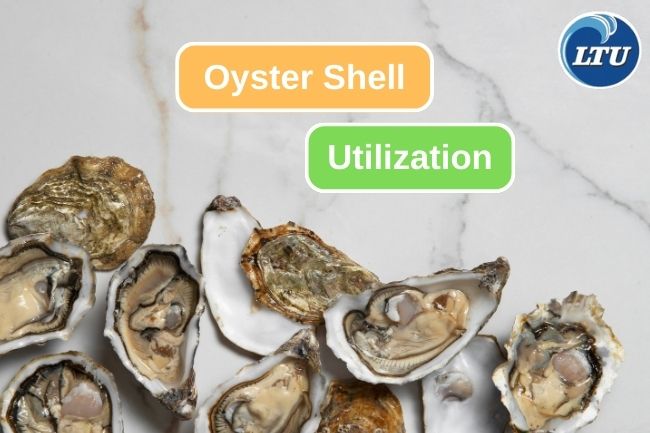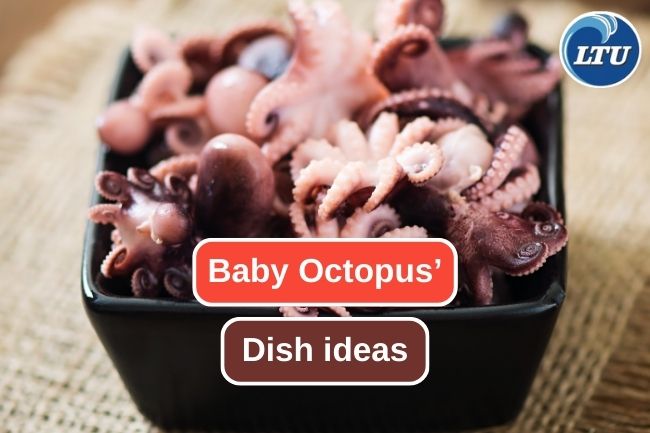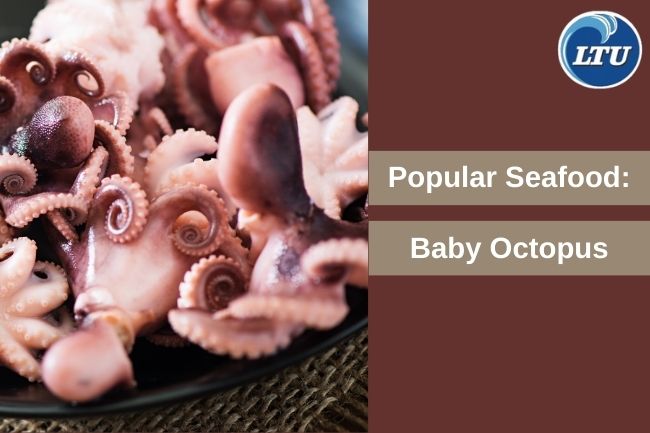8 Potential Benefits of Oyster Shell Waste
By. Nevanda - 18 Jul 2023
lauttimur.com - Clam and oyster shell utilization refers to the various ways these discarded shells can be put to beneficial use rather than being treated as waste. Both clam and oyster shells are composed primarily of calcium carbonate, making them valuable resources for several applications. Here are some common ways these shells are utilized:
1. Agriculture
Crushed clam and oyster shells are used as soil amendments to improve soil structure and provide essential nutrients. The shells release calcium slowly, which helps balance soil pH and enhances plant growth. Additionally, they can act as a natural pest deterrent.
Read also: Exploring the Best Fish for Sashimi
2. Aquaculture
In the aquaculture industry, clam and oyster shells can be used as substrate materials for oyster spat settlement. Young oysters need a hard surface to attach and grow, and these shells provide an ideal substrate for this purpose.
3. Poultry Feed
Ground clam and oyster shells are used in poultry feed as a calcium supplement. Calcium is crucial for the development of strong eggshells and bones in chickens and other poultry.
4. Construction Material
Crushed clam and oyster shells can be used as aggregates in construction materials such as concrete and asphalt. Their use helps reduce the need for traditional aggregates like gravel and saves valuable natural resources.
5. Water Filtration
The porous nature of clam and oyster shells makes them suitable for water filtration systems. They can effectively remove contaminants and pollutants from water.
Read also: 7 Essential Nutrition Content in Squid Ink
6. Coastal Restoration
In areas where clam and oyster harvesting is prevalent, the discarded shells can be used for coastal restoration projects. They help rebuild oyster reefs and stabilize shorelines, providing habitat for various marine species and mitigating erosion.
7. Lime Production
When heated at high temperatures, clam and oyster shells produce lime, which has numerous industrial applications, including in the production of cement and steel.
8. Art and Crafts
The shells' unique shapes and colors make them popular materials for creating various art and craft projects, such as jewelry, decorations, and mosaics.
It's important to note that the use of clam and oyster shells should be approached responsibly and sustainably, taking into account local regulations and environmental considerations. Collecting shells for utilization should not negatively impact natural ecosystems or deplete shellfish populations. In some cases, shell recycling programs and partnerships with restaurants or seafood processors can be established to ensure proper collection and utilization of the shells.
Read also: 7 Disadvantages of Purse Seine to Catch Fish








